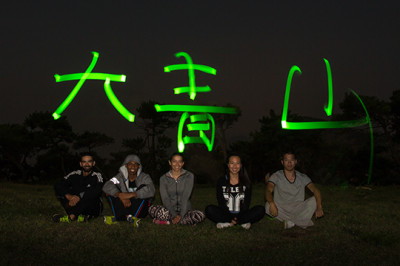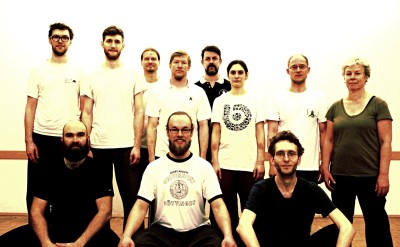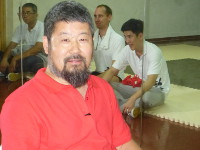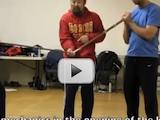Here are some of my notes from this morning’s training on Daqingshan where Master Chen went over the two different types of movements in push hands:
- An opponent can make “local” or “global” moves against you. Local moves involve only part of the body. Global moves involve the whole body.
- We must learn to match an opponent’s local move with a global move, and vice versa.
- In Practical Method, local and global moves are as follows:
– Local = “rotations” occurring in the upper body
– Global = “revolution” generated through stepping - No matter how large a movement is, if it doesn’t involve stepping, it is still a local move.
Hope these notes make sense without seeing what he was talking about. Happy training!
Gavin
(Australian on the Mountain)











